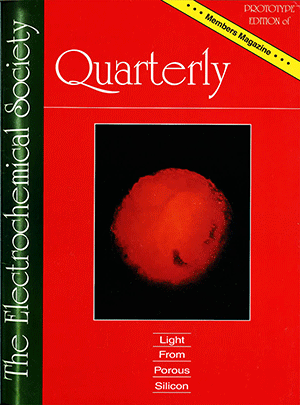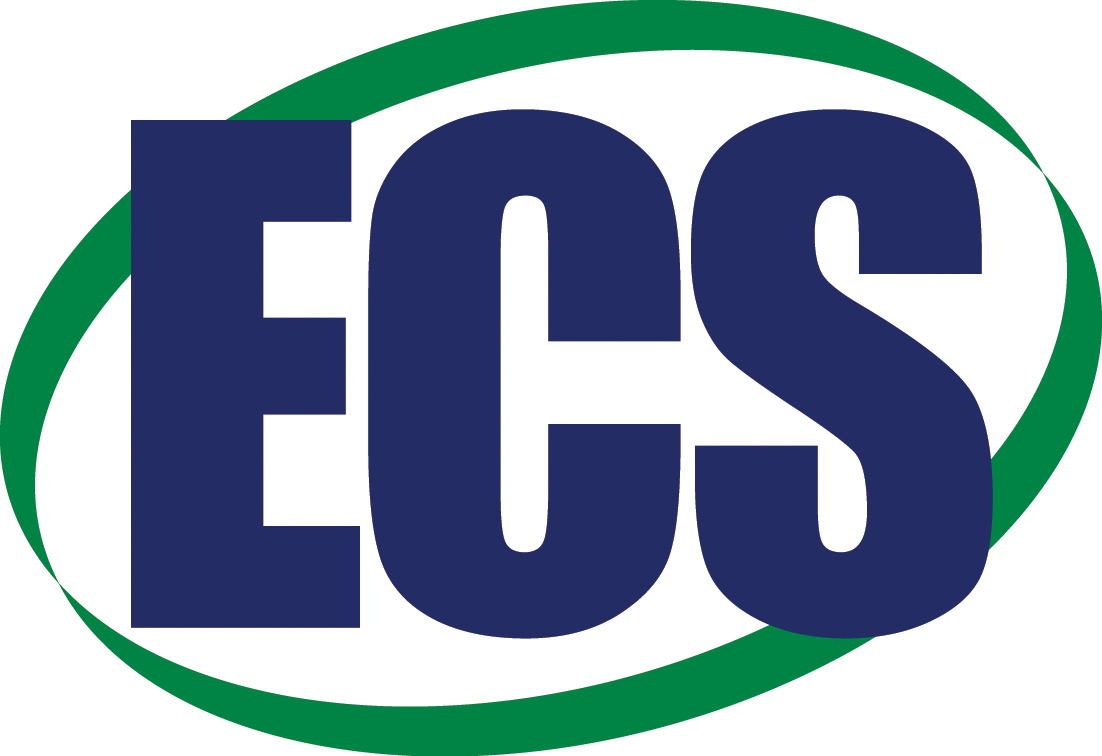In an effort to move away from fossil fuels toward a renewable future, researchers have invested time and resources into developing hydrogen fuel. The most efficient way to create this sustainable fuel has been through water-splitting, but the process is not perfect. Now, researchers from MIT, the Skoltech Institute of Technology, and the University of Texas at Austin believe they may have made a breakthrough that could lead to the widespread adoption of water-splitting to produce hydrogen fuel.
The key discovery in the paper published in Nature Communications is the mobilization of oxygen atoms from the crystal surface of perovskite-oxide electrodes to participate in the formation of oxygen gas, which can speed up water-splitting reactions.
The breakthrough could be a crucial step in helping the energy infrastructure efficiently move away from traditional energy sources to renewables.
“The generation of oxygen from water remains a significant bottleneck in the development of water electrolyzers and also in the development of fuel cell and metal-air battery technologies,” said J. Tyler Mefford, current ECS member and lead author of the study.
But the new results didn’t come out of the woodwork. The data illustrates collaborative work across experimental and theoretical fields. The new work essentially explains over 40 years of theory and experiments, looking at why some approaches worked and others failed.
“If we could develop catalysts made with Earth-abundant materials that could reversibly and efficiently electrolyze water into hydrogen and oxygen, we could have affordable hydrogen generation from renewables — and with that, the possibility of electric cars that run on water with ranges similar to gas powered cars,” Mefford said.







